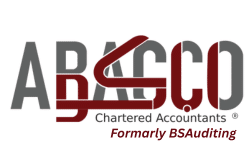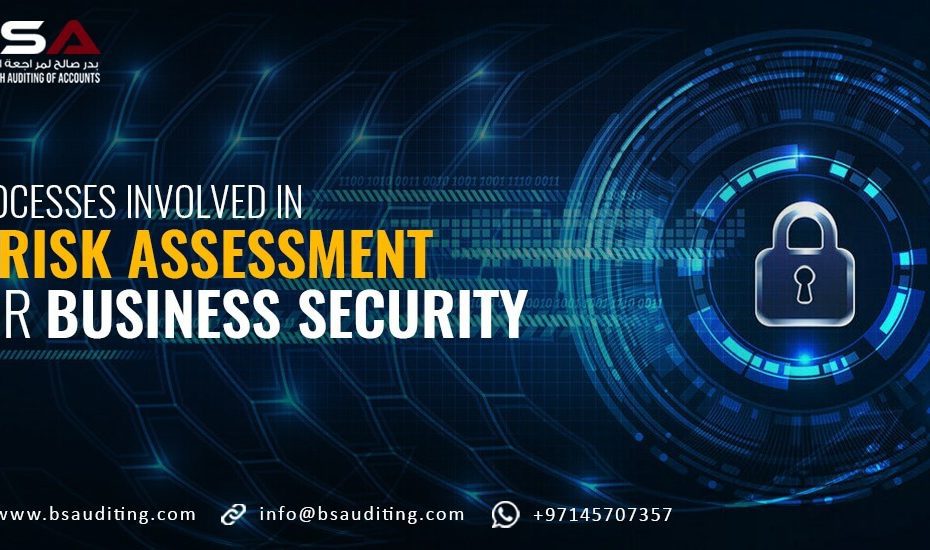The recent century is the age of cyber development. Everything from consumer or company information to medical records have shifted from papers, then computer system storage to over-the-cloud storage. The evolution and advancement in artificial intelligence the world’s use of the internet has brought unprecedented opportunities. However, with great opportunities, risks are obvious to accompany. IT Risk assessment is another type of Risk assessment conducted by auditors for a company. The process identifies and mitigates any possible data breach and theft for the company to preserve important information and asset.
This article looks into the processes in the IT Risk Assessment process.
Identification of Points of Weakness
The recent adaptation of over-the-cloud strategies by companies, the chances of data being vulnerable to cyber-attacks has increased too. Previously where organizations had storage options within the company’s systems, data is now stored server less and in the cloud storage options so they can be shared by anyone anywhere. Online portals have become increasingly popular. Emails are the new ways of communication. While this has brought unprecedented comfort and ease of access, it has also made data vulnerable to cyber-attacks and information leakage and hacking by unwanted people.
During an IT risk assessment, auditors look into who can access the data and places where it can be accessed. This analysis provides information to proceed with other procedures and processes in mitigating IT risks.
Analysis of Types of Data
Personal information is a sensitive form of data that is prone to breach. This data includes name, date of birth, IP addresses and other information such as social security number, ID card number and more. Potential hackers and negative people can use this information for malicious purposes such as bank frauds and other online crimes. In IT risk assessments, officials identify categories of data and their places of storage to identify if they are prone to threat.
Evaluation of Information Risk
The best way to calculate the level of risk in a certain area is by analyzing the chances of a data breach and how much financial damage it can cause. For example, a low-risk item amy be present in a highly confidential storage folder. The financial implications of leaking of this information may not be so much. Therefore, the auditors will classify it as a low-risk area or moderate-risk area.
On the other hand, high-risk data such as client information or tenders in a moderate or low-risk folder can cause substantial loss of asset and information if leaked or hacked. In such a case the auditors order this data to be moved to a high-security storage location.
Establishment of Risk Management Process
Professional conducting an IT risk assessment set different tolerance levels by choosing to accept, transfer, either reduce, or deny a risk. Such risks can be effectively controlled by purchasing cyber-insurances. Installing a firewall to prohibit access to the site where the data is stored is an example of a risk-mitigation control. Malicious actors are thwarted by mitigation mechanisms like as firewalls and encryption. Even mitigating controls, however, can fail.
Regular Monitoring
Malicious actors’ threat tactics are always developing. Malicious actors have responded by focusing more on cryptocurrencies and phishing as firms grow stronger at spotting and guarding against new ransomware outbreaks. To put it another way, today’s effective controls might become tomorrow’s flaws. It is crucial to maintain a constant and regular security check on high-risk data and ensure their security is updated regularly and at par with changing and evolving data security or threat trends.
Conclusion
Because risk variables vary over time, it is important to keep an eye on the risks your company faces and to conduct risk assessments as often as necessary. During this procedure, previously undisclosed dangers may be discovered. You can only adequately plan for and prepare your company to minimize the impact of risks on the attainment of your business’s objectives if you conduct a thorough risk assessment.
BS Auditing of Accounts provides the best services for IT risk assessments and has a team of the best and skilled professionals, trained to carry out the procedure efficiently. We provide the best consultation and assistance in these matters.
Book your consultation today for best interpretation and guidance related to internal risk assessments and other legal and accounting processes. Feel free to contact us:
• Office # 0641, Tamani Arts Offices, Business Bay, P.O. Box 111390, Dubai, UAE
• +971 4 570 7357
• +971 58 108 5690


